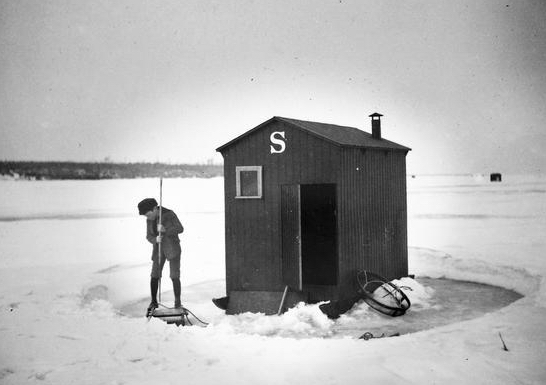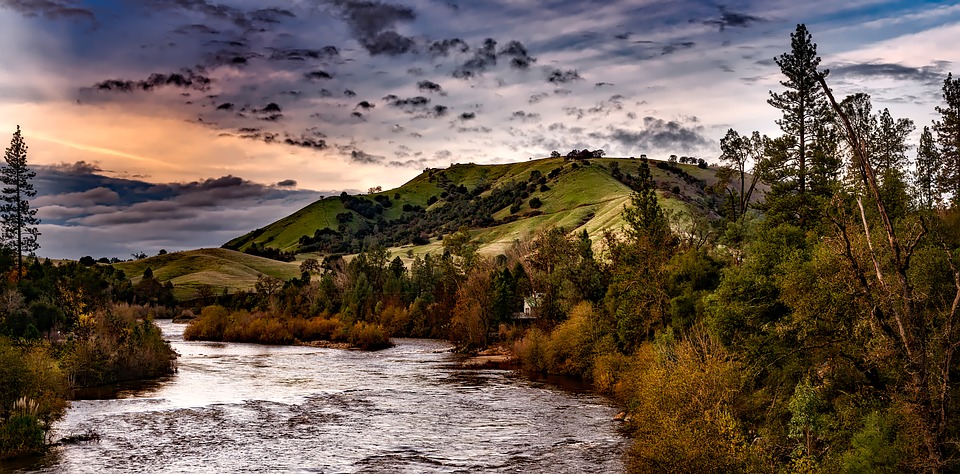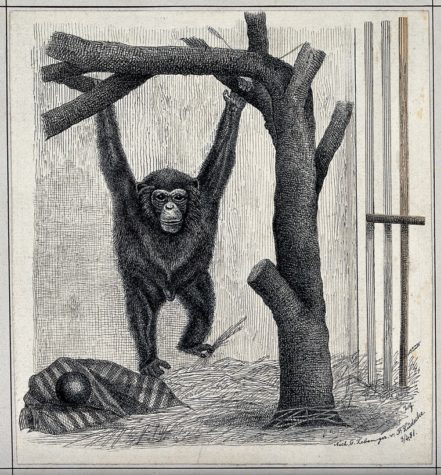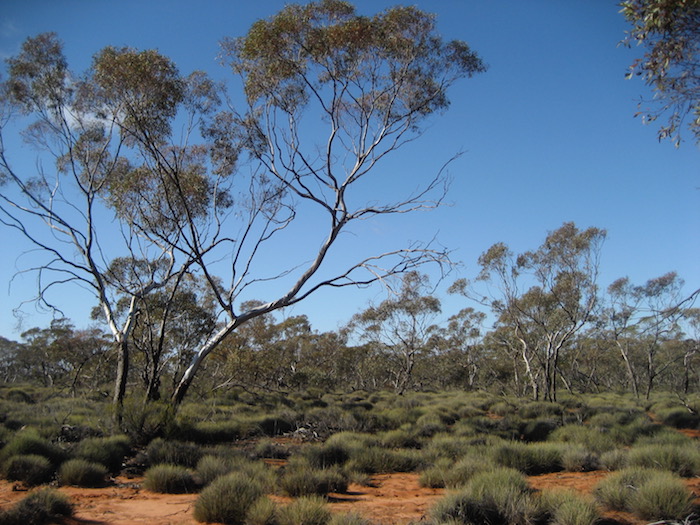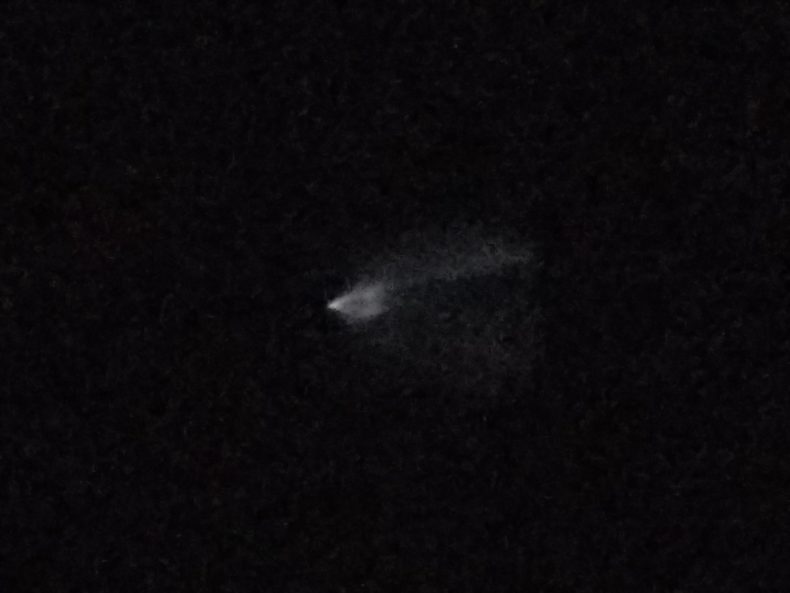
Have you seen events in the sky you can’t explain? I’m asked this question frequently because I’ve spent many nights out, a likely candidate for seeing things that can scarcely be fathomed.
One happened last week. I live near the Utah-Colorado border, no human lights to be seen. Carrying groceries and my work down the unlit walkway, I was looking up at the usual dazzle of stars and intermittent passenger jets around 7:30pm when I noticed in the southwest a peculiar light. A white pinpoint glowed through a cloud veil, only there were no clouds. It was moving, not unlike a plane or a blazing satellite. I was about to open the front door and go in when I stopped and waited for the blinking lights of an airplane to appear. Instead, the bright object began emitting a luminous tail, like a comet. I set my things down, and snapped off a grainy picture with my phone (above).
The tail spread until it was diaphanous and covered a large portion of the southern sky. Was it Falcon Heavy? An alien probe? A divine spitball?
SpaceX’s Falcon Heavy is the correct answer, the burn that sent this rocket, with a convertible sports car attached to its upper stage, out of Earth’s orbit and into infinite space. I was seeing a moment in history, but instead of recognizing the gravitas, I scratched my head and wondered, what the hell is that?
Last week’s SpaceX launch was not the only peculiarity I’ve witnessed in the night sky. I used to guide high schoolers in the desert of southern Arizona and southern California. One evening we all saw a green dome of light expand in the west until it looked to be miles high, covering almost a quarter of the sky. The kids were perturbed, jabbering rapidly, asking their teachers what it was. One of the teachers who’d been telling the kids to calm down, came to me and softly said, “Really, Craig, what is that?” Continue reading
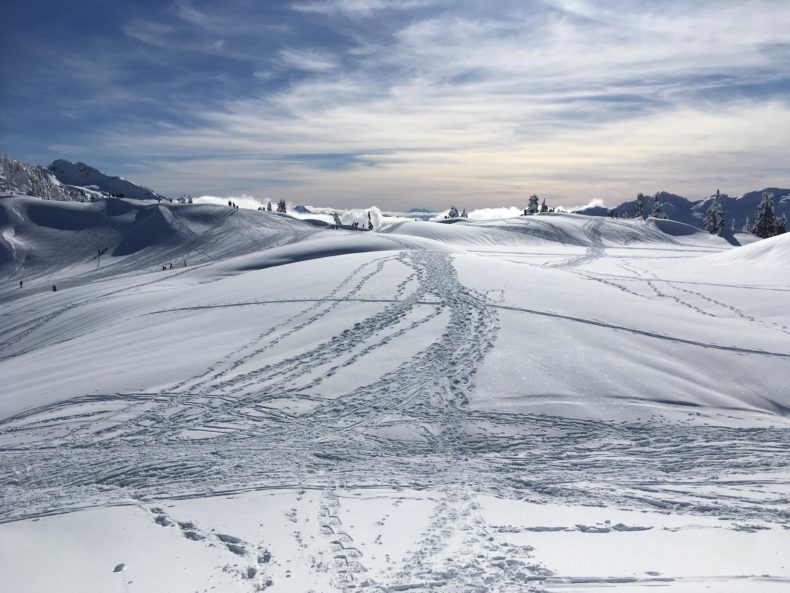 It starts quietly enough. At around 9:30 a.m., I strap snowshoes to my feet and part ways with some friends bound for a backcountry ski. While they skin over a nearby saddle, my dog Taiga and I shuff our way into the stream of snowshoers along the boundary of the Mt, Baker Ski Area, headed for Artist Point. It’s not a long hike, nor an extreme one, but the hordes jostle and slip like drunks. One guy slides on his side in slow motion down the steep hill, parallel to the trail, unsure how to get his snowshoes back under him.
It starts quietly enough. At around 9:30 a.m., I strap snowshoes to my feet and part ways with some friends bound for a backcountry ski. While they skin over a nearby saddle, my dog Taiga and I shuff our way into the stream of snowshoers along the boundary of the Mt, Baker Ski Area, headed for Artist Point. It’s not a long hike, nor an extreme one, but the hordes jostle and slip like drunks. One guy slides on his side in slow motion down the steep hill, parallel to the trail, unsure how to get his snowshoes back under him.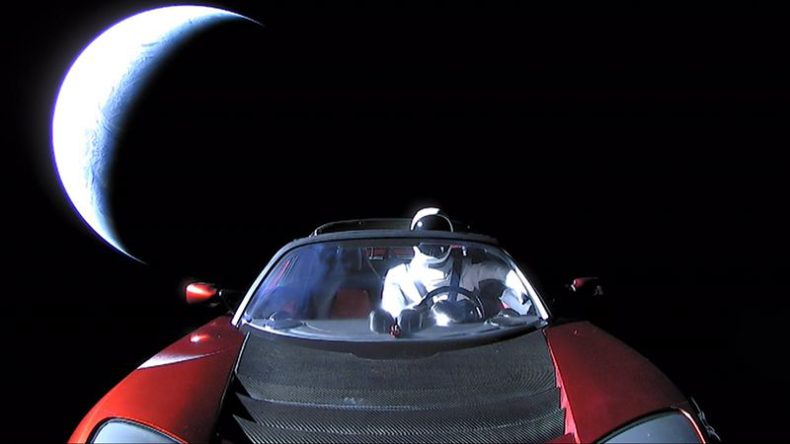
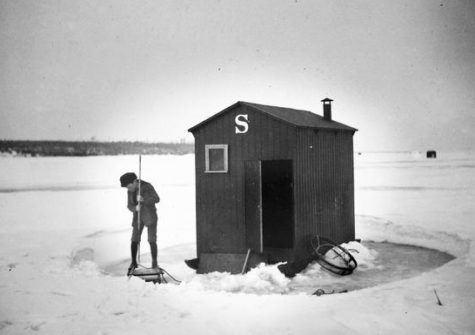 February 5-9, 2018
February 5-9, 2018